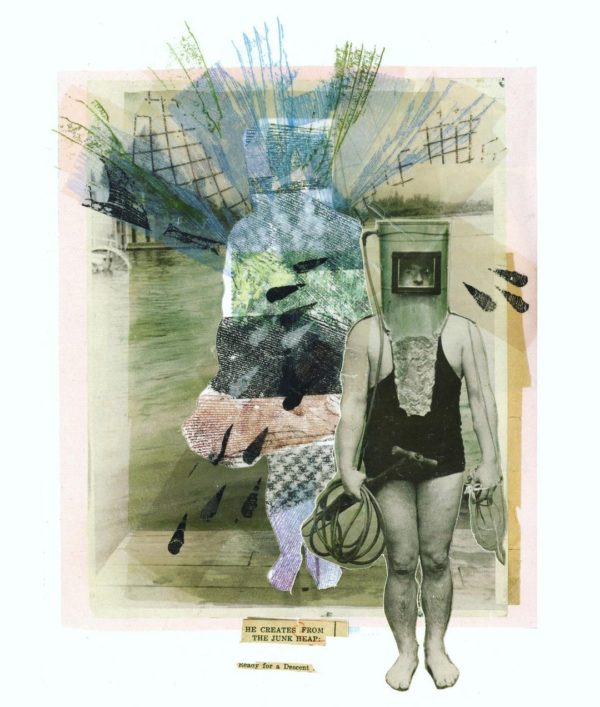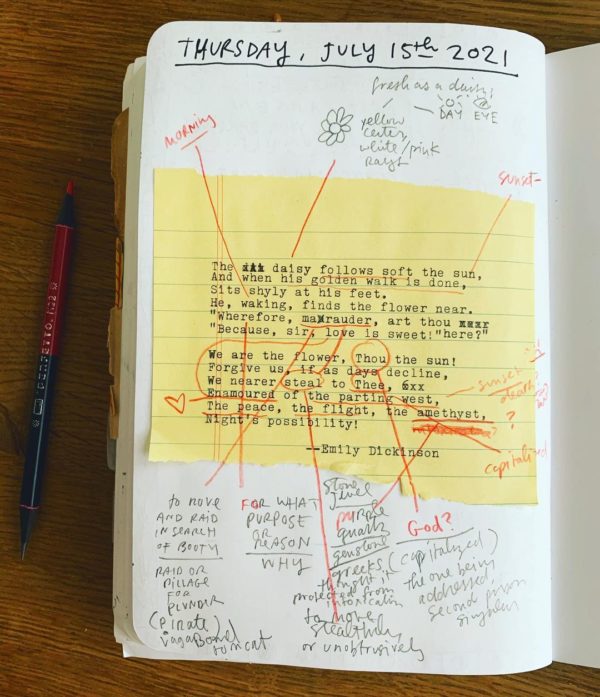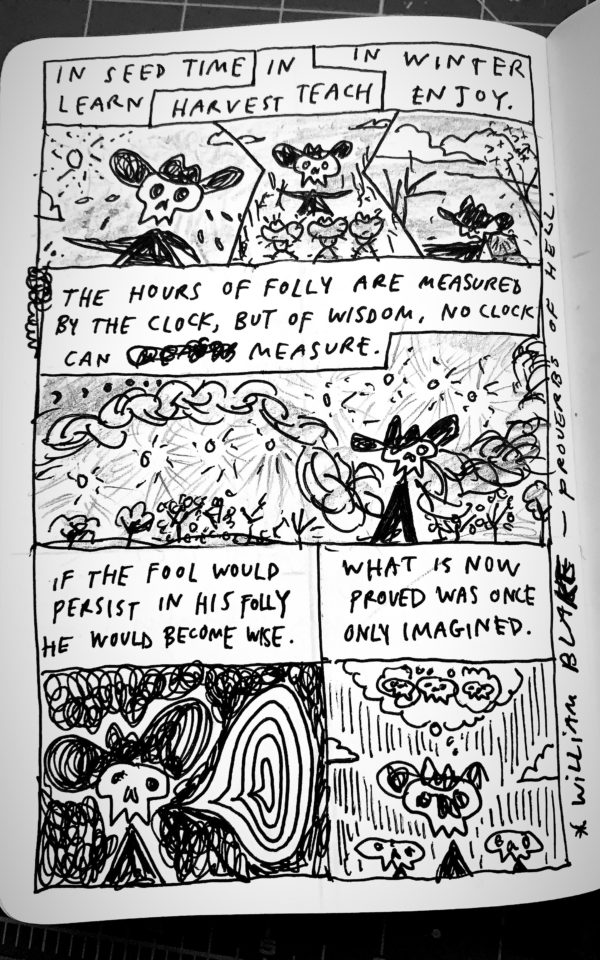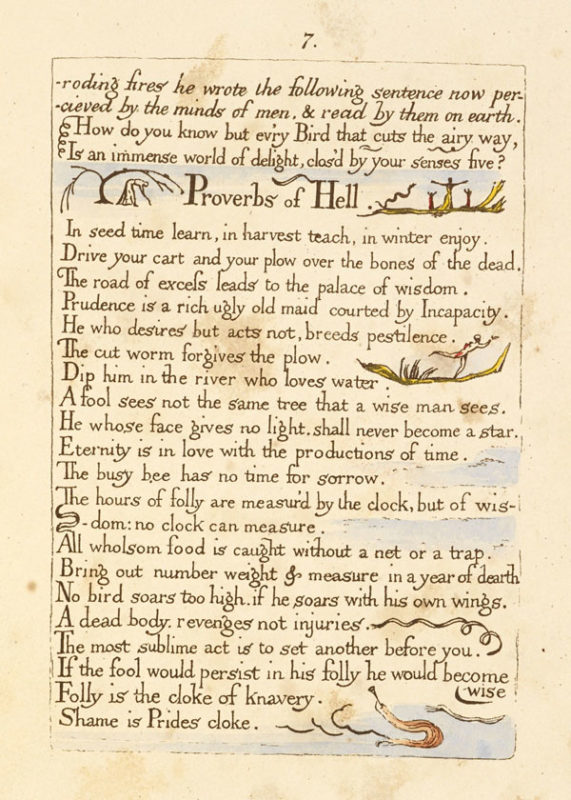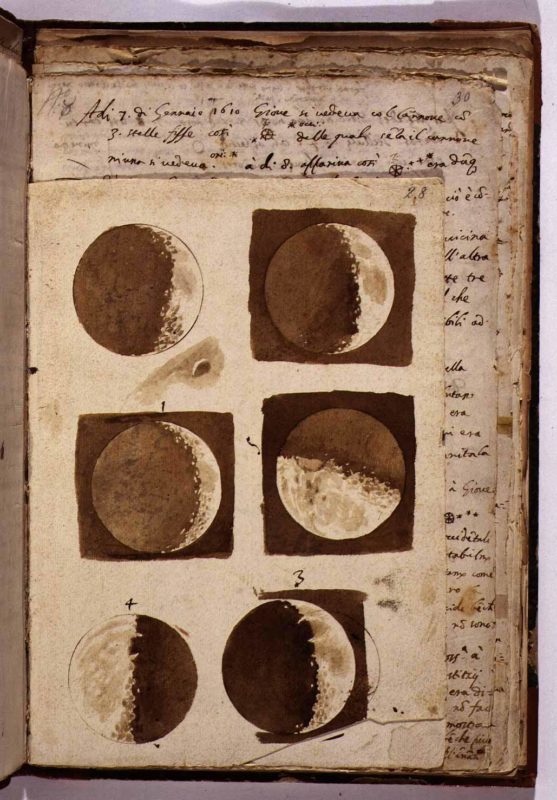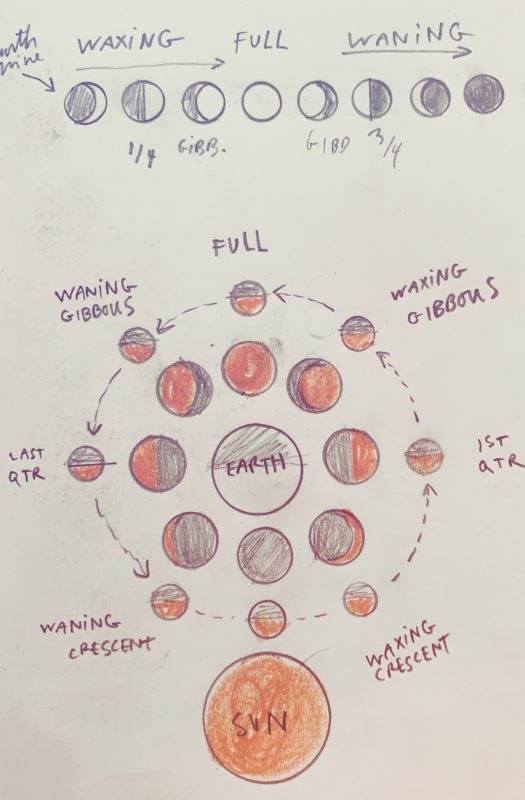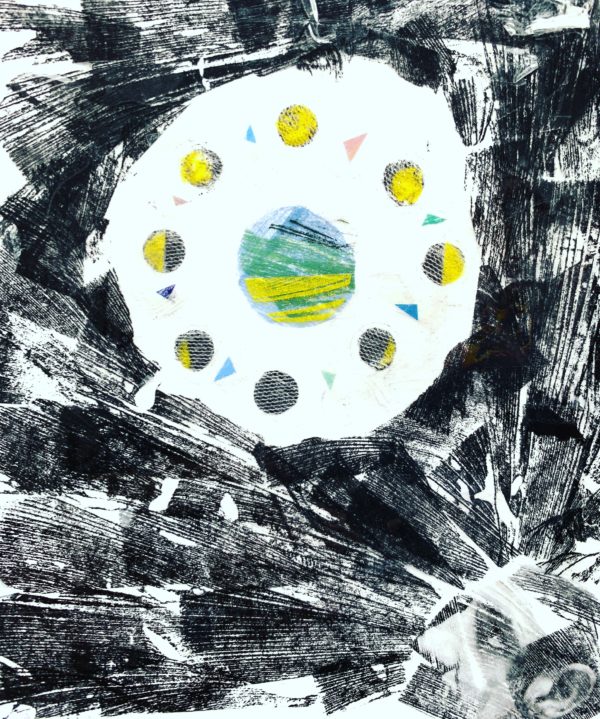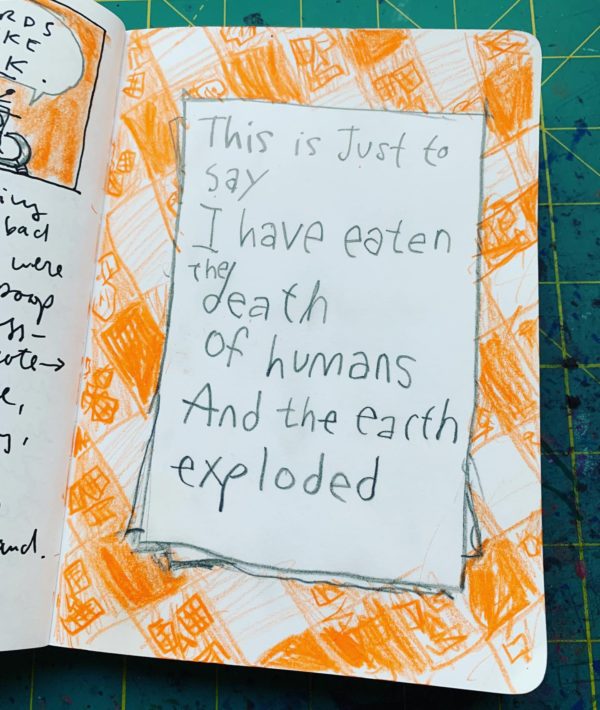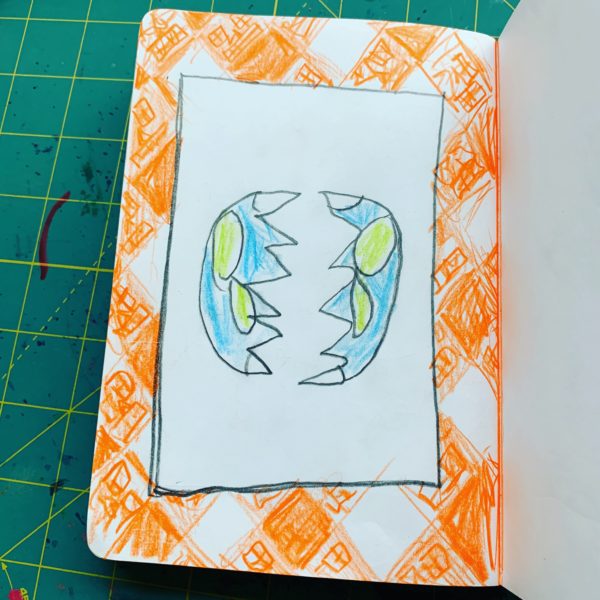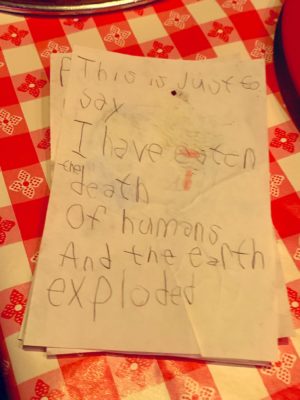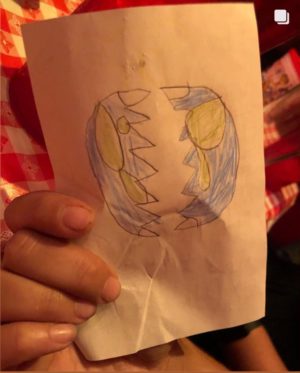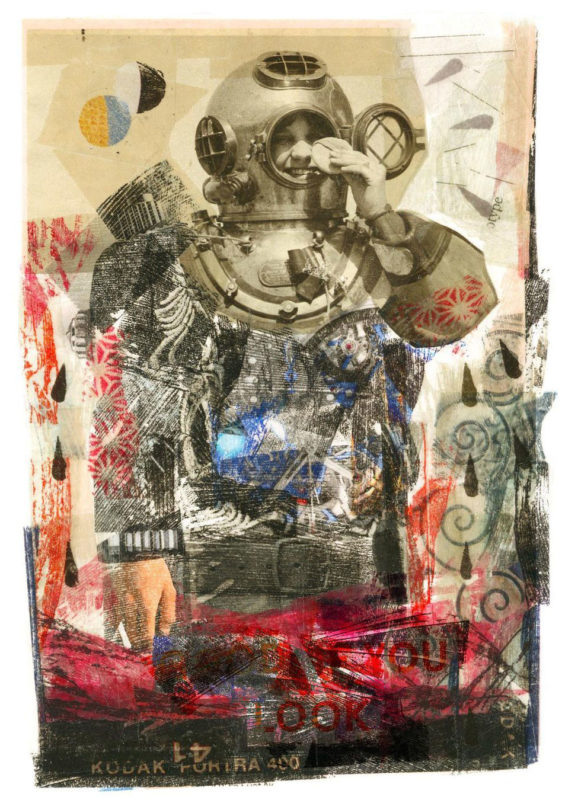
In Nicholas Carr’s The Shallows: What the Internet is Doing to Our Brains, he laments the deterioration of his reading habits due to his time online:
Once I was a scuba diver in the sea of words. Now I zip along the surface like a guy on a Jet Ski.
Dividing creative work into “deep” and “shallow” seems fairly harmless until you start assigning one more value than the other. There’s a time and place for both.
In my own practice, I often get far more ideas in the “shallow” mode, poking around twitter and skimming articles, than I do in “deep” mode, staring at a blinking Microsoft Word cursor with my noise-canceling headphones on.
That said, my brains feel just as scrambled as anybody’s. But as much as I like to blame my problems on the internet, if you go back a few years, dive a little deeper into history, you find that the sense that life is getting shallower is not just a contemporary phenomenon.
In a recent essay, Hari Kunzru points out that there’s an ancient history of people being worried about the quality of our thought and attention. (Plato, for example, thought writing would cause us to lose our memories.)
“[T]he proliferation of early print publications changed reading habits,” Kunzru writes. “Instead of devoting one’s attention to a small library of precious books, it was now possible to dip into things, to divert oneself…”
Distraction can sometimes be a good thing. In the eighteenth century, Denis Diderot wrote:
Distraction arises from an excellent quality of the understanding, which allows the ideas to strike against, or reawaken one another. It is the opposite of that stupor of attention, which merely rests on, or recycles, the same idea.
Writers are unique kinds of readers because, for them, reading is rarely an end in itself, but a means of generating more writing.
Emerson, for example, read voraciously, but he read in a way that was useful to him, a way that generated his own writing. In Robert D. Richardson’s Emerson: The Mind on Fire, he recounts how Emerson skipped and skimmed and sped through books, looking for things to steal, learning to “divine,” books, “to feel those that you want without wasting much time on them.” He told other writers to “turn page after page, keeping the writer’s thoughts before you, but not tarrying with him, until he has brought you the thing you are in search of.”
And when you come across something that seems worth stealing in a text, one way to absorb it and really extract the meaning of it is to copy it out by hand.
Here’s Walter Benjamin in One-Way Street, saying that reading is like flying over a road in an airplane and copying is like walking it on foot:
The power of a country road is different when one is walking along it from when one is flying over it by airplane. In the same way, the power of a text is different when it is read from when it is copied out. The airplane passenger sees only how the road pushes through the landscape, how it unfolds according to the same laws as the terrain surrounding it. Only he who walks the road on foot learns the power it commands, and of how, from the very scenery that for the flier is only the unfurled plain, it calls forth distances, belvederes, clearings, prospects at each of its turns like a commander deploying soldiers at a front. Only the copied text thus commands the soul of him who is occupied with it, whereas the mere reader never discovers the new aspects of his inner self that are opened by the text, that road cut through the interior jungle forever closing behind it: because the reader follows the movement of his mind in the free flight of daydreaming, whereas the copier submits it to command.
Benjamin used a land metaphor there, but in her introduction to Illuminations, Hannah Arendt used a sea metaphor to describe Benjamin’s method of appropriation, or building up texts using quotations:
Like a pearl diver who descends to the bottom of the sea, not to excavate it the bottom and bring it to light but to pry loose the rich and the strange, the pearls and the coral in the depths, and to carry them to the surface, this thinking delves into the depths of the past—but not in order to resuscitate it the way it was and to contribute to the renewal of extinct ages. What guides this thinking is the conviction that although the living is subject to the ruin of time, the process of decay is at the same time a process of crystallization, that in the depth of the sea, into which sinks and is dissolved what once was alive, some things “suffer a sea-change” and survive in new crystallized forms and shapes that remain immune to the elements, as though they waited only for the pearl diver who one day will come down to them and bring them up into the world of the living—as “thought fragments,” as something “rich and strange,” and perhaps even… everlasting…
Which reminds me: yesterday during an interview, someone called me a “minor poet.”
“Well, yes,” I said. “I’m an extremely minor poet.”
“No, no, no,” they said. “A MINER, like a coal miner, digging for the poem in a text.”
“Oh yeah,” I said. “That, too.”
We had a good laugh.
* * *
More reading: “The fishes of thought.”
